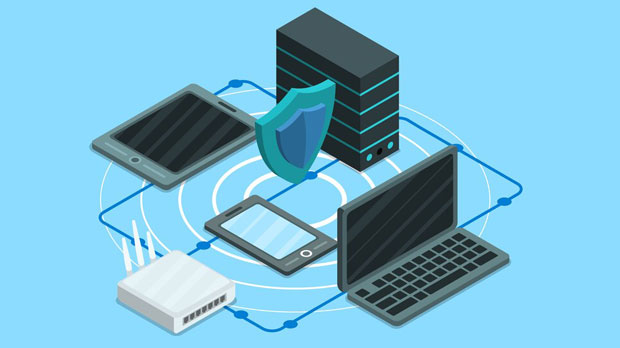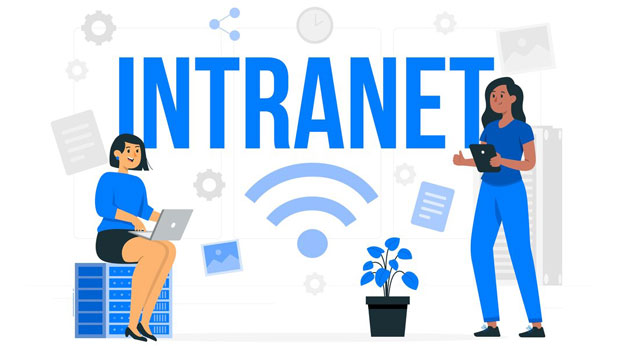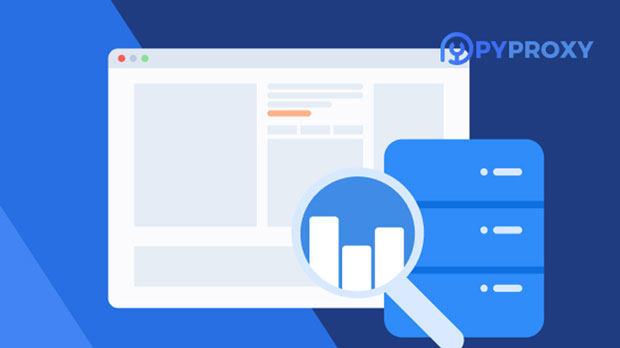In today's interconnected world, the demand for proxies has surged, especially for businesses that require secure and anonymous browsing. PYPROXY Proxy offers residential IPs, which have gained significant attention due to their ability to mask user identities effectively. These IP addresses are sourced from real residential networks, making them more reliable than traditional data center proxies. A critical question that arises is which countries support PyProxy Proxy's residential IP service. This article explores the countries where PyProxy Proxy’s residential IPs are available, providing a detailed analysis of the benefits and practical uses of these proxies for global users. Understanding Residential IPs and Their SignificanceBefore diving into the list of countries, it's essential to understand what residential IPs are and why they are advantageous. Residential IPs are real, location-based IP addresses assigned by Internet Service Providers (ISPs) to homeowners. These IPs differ significantly from data center IPs, which are often seen as less trustworthy because they are generated from large server farms. Since residential IPs come from real devices, they are harder to detect, providing a more secure browsing experience. Users can mask their identity, bypass geographic restrictions, and avoid IP bans that are commonly associated with data center proxies.Countries Supported by PyProxy Proxy for Residential IPsPyProxy Proxy offers residential IP services in numerous countries worldwide. The key factor that makes these proxies valuable is their global reach, enabling users to access content and services across various regions without being limited by local restrictions. Below are some of the countries that support residential IPs from PyProxy Proxy:1. United States The United States is one of the primary countries supported by PyProxy Proxy’s residential IP network. With a large pool of residential IPs, the United States offers broad geographical coverage. Businesses targeting US-based customers or those looking to conduct market research can leverage residential IPs to gain access to localized content or perform automated web scraping without the risk of detection.2. Canada Canada’s residential IP support is another significant offering from PyProxy Proxy. Canadian residential IPs are highly beneficial for users who want to conduct web scraping or access region-restricted services specific to Canada. These IPs provide a secure and anonymous browsing experience, especially for individuals or businesses operating in the Canadian market.3. United Kingdom The United Kingdom is well-supported by PyProxy Proxy’s residential IP services. For businesses looking to cater to UK customers or monitor competitors in this region, UK-based residential IPs are an invaluable tool. With these proxies, users can seamlessly access geo-restricted content, perform price comparison analysis, and gather data from UK websites without facing IP blocks.4. Germany Germany is another key country supported by PyProxy Proxy. Residential IPs from Germany are highly useful for European market research, enabling users to access local data or manage geo-targeted campaigns. Given Germany’s strong digital infrastructure, these residential IPs offer reliability and stability for businesses needing to operate in or around this region.5. France France also benefits from PyProxy Proxy’s residential IPs. These IPs can be especially useful for users in industries like travel, e-commerce, and digital marketing who need access to local French content or data. With these residential proxies, users can appear as if they are browsing from within France, ensuring they can bypass geo-blocked websites or gather regional information for strategic purposes.6. Australia Australia is a vital market for many global businesses, and PyProxy Proxy’s residential IPs from Australia make it easier to target local audiences. With Australian residential IPs, users can bypass geographic restrictions to access local content, conduct research, or analyze competitors’ activities in the Australian digital landscape.7. Brazil In South America, Brazil is a key country supported by PyProxy Proxy’s residential IP service. These IPs can help users access region-specific services and data from Brazil, especially for businesses conducting market research or those looking to expand their presence in this dynamic and growing market.8. Japan Japan, being one of the largest digital markets in Asia, benefits from residential IPs provided by PyProxy Proxy. With Japan-based residential IPs, users can mask their identity while accessing local content, conducting research, or participating in online campaigns tailored to the Japanese audience. The ability to use these IPs for secure browsing adds an extra layer of anonymity and safety for businesses.9. South Korea South Korea's advanced digital infrastructure makes it a prime market for residential IP services. With PyProxy Proxy’s residential IPs from South Korea, users can access local content and services with high reliability, ensuring that their digital activities are protected from detection while interacting with South Korean websites or applications.Benefits of Using PyProxy Proxy’s Residential IPsThe benefits of using residential IPs from PyProxy Proxy are numerous. Below are the main advantages that make these proxies valuable for both personal and business use:1. Enhanced Anonymity and Security Residential IPs offer a higher level of anonymity compared to data center proxies. Since they are linked to real households, they are much less likely to be flagged by websites as suspicious. This makes them an excellent choice for activities that require enhanced privacy, such as online banking, market research, and web scraping.2. Bypass Geo-restrictions Residential IPs are perfect for bypassing geo-restrictions. For instance, a user in Germany can use a residential IP from the United States to access content available only to US-based users. This feature is especially valuable for accessing streaming services, media libraries, or localized websites that impose regional restrictions.3. Improved Success Rate for Web Scraping When it comes to web scraping, residential IPs help avoid IP bans that can often occur with data center IPs. Websites are less likely to block residential IPs, making it easier for businesses to collect data without disruption. This is crucial for companies that rely on web scraping for market analysis, price comparison, or competitor research.4. Targeted Local Marketing and Testing Residential IPs allow businesses to run localized marketing campaigns and perform A/B testing in different regions. By simulating browsing activity from various locations, businesses can gather accurate insights and tailor their campaigns to specific markets. This feature is essential for companies looking to expand internationally and customize their offerings based on regional preferences.ConclusionPyProxy Proxy offers an extensive range of residential IPs across multiple countries, providing businesses and individuals with the tools they need to enhance security, bypass geo-restrictions, and improve their digital strategies. By supporting countries such as the United States, Canada, the United Kingdom, Germany, France, Australia, Brazil, Japan, and South Korea, PyProxy Proxy enables users to operate seamlessly across borders. Whether it is for market research, digital marketing, or secure browsing, the ability to use residential IPs from these countries adds immense value for users worldwide.
Aug 14, 2025



































































